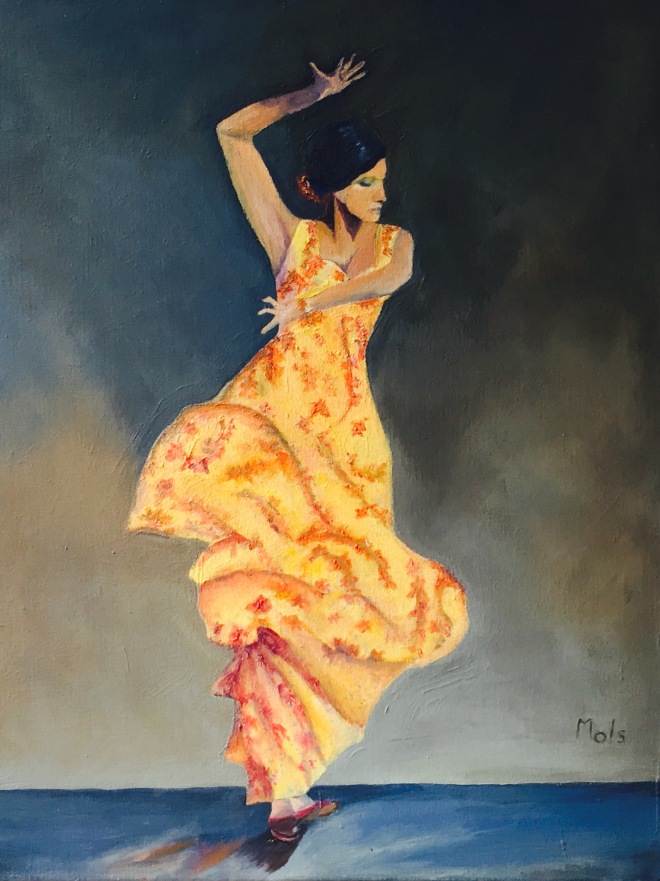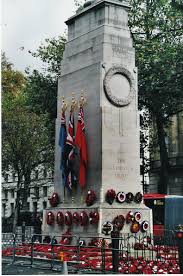
WELL I remember Guy Fawkes day as a child. We would dress up a doll in a pram supposed to be an effigy of Guy Fawkes and go to neighbor’s houses asking for “A Penny for the Guy!” and singing “Remember, Remember, the 5th of November, Gunpowder treason and plot, We see no reason should ever been forgot” Of course the pennies went on sweets generally black and white striped bull’s eyes!
Guy Fawkes’s father died and his mother remarried a Catholic. Guy was converted to Catholicism. He went off to Spain to fight against the Protestant low countries where he was known as Guido. Returning to Britain he subsequently met Thomas Winter who introduced him to Robert Catesby dedicated to restoring Catholic James 1st to the throne. Catesby found an undercroft beneath the House of Lords and enlisted Guy Fawkes to take care of the gunpowder needed. An anonymous letter prompted the authorities to search Westminster Palace where Guy Fawkes was arrested for treason and sentenced to be hung drawn and quartered. He jumped off the platform beneath the scaffold, fell and broke his neck. Each year Guardsmen search the Houses of Parliament looking for explosives, a ceremonial remembrance.
Here in South Africa the memory of Guy Fawkes is fading into obscurity although families light fireworks on designated areas only. Animals are usually frightened by the bangs and run away so that the SPCA is busy rescuing frightened dogs and other pets. When I was a girl and lived in Fish Hoek everyone went down to the beach and lit their own fireworks. Of course this was dangerous and eventually stopped.
Guy Fawkes coincides as it does with Diwali. Diwali is the Hindu festival of light celebrated over five days during the Hindu Lunisolar month Kartika. The ceremony celebrates victory over darkness, good over evil and knowledge over ignorance. Our Indian communities light fireworks on designated areas.
November is a time when the fall of the Berlin wall is commemorated and of course Britain holds Remembrance Sunday to honour the fallen in both World Wars and other conflicts. Remembrance Sunday on the 11th day of the 11th month is always the second Sunday in November when armistice of the Second World War was signed in Potsdam in Occupied Germany by United Kingdom’s Prime Minister Winston Churchill, Harry S. Truman, President of the United States and Joseph Stalin, General Secretary of the Soviet Union.
In March 2000 I was due to attend ITB, the largest tourist exhibition in the world in Berlin, Germany. I had worked out that the cheapest way to get to this city that I had never been to was to drive to Windhoek in Namibia and fly from there to Frankfurt where I would catch a train to Berlin. I was heavily loaded with the travel books that Susan and I produced, Discovering Botswana and Inside Zambia. I duly arrived at the airport in Windhoek only to be informed that Air Namibia’s solitary Boeing had flown to Beira in Mozambique where the Zambezi had burst its banks on the flood plain leading to its estuary to rescue stranded people and deliver food and medical requirements. I sat at the airport for over twelve hours so only departed the next day.
Arriving at Frankfurt airport I was unprepared for this huge airport with its myriad elevators to the various outlets and train stations. I struggled with my boxes of books balanced precariously on a trolley, onto an escalator and down to a station where a train to Berlin was expected an hour later. The train arrived, with the gap between it and the station an obstacle to be surmounted to load the boxes aboard. I looked around desperately for help. Spotting a group of Japanese tourists I gestured with my hands, pointing to the boxes and then pointing to the train. “AH, AH, SO!” The Japs replied and loaded my boxes on board with bows and exclamations. I thanked them sincerely and could only hope that they got the message!
I arrived in Berlin at midnight! It was minus 15 with snow everywhere. Fortunately I had kept the long ski jacket that I bought many years before for a ski trip to Austria and was warm enough. A porter came to help and got me a taxi who very kindly found me a reasonable B & B.
Next day I managed to catch the necessary train to take me to ITB, a huge building and another taxi to deliver me to the door. I walked and walked and walked until I found the Botswana exhibit, my new boots beginning to bite! By the time that week was over my feet were in agony but I was determined to spend the last two days when the show was over to see something of Berlin and together with some other exhibitors caught a tourist bus to Potsdam where the armistice was signed in 1945. I could not face my boots again so put on a pair of sandals with socks. We alighted into deep snow and the tour guide looked at me and enquired “Are these your African Shoes?” I said “Yes” The guide shook his head in disbelief! However after the tour I felt that I had visited a very historic site.
The following year Susan came with me and did not really believe me when I told her just how cold it was. She wore her grandmother’s Burbury overcoat and shivered! We stayed in the old part of the city called Mitte formerly part of Communist Berlin behind the Berlin Wall and were walking along a side road when I glanced to the side to see coats hanging from rails in a small alcove. From the look of the women who were selling these coats and their accents I deduced that they were Russians down on their luck. I took the lead and bought Susan a hip length silver fox fur coat for 35 euros! She ummed and ahed. “This is real fur! I can’t wear this.!” “Look around you, all the Berlin people are wearing fur, besides people at the show will think you are wearing fake fur and this animal was killed a long time ago!”
She was as warm as toast after that and we enjoyed our stay. We had found accommodation in a private flat on top of an eighteen story building. Our beds were on the floor and there was one armchair and a small table. We bought slabs of chocolate filled with liqueur and chomped them in bed with our books in the evenings. Susan is a smoker and had to go downstairs to stand outside the entrance in the snow to have a cigarette! We managed to find our way on the trains and found a lovely warm pub in Mitte that served everything with heaps of potatoes!
We would walk to Potsdamer Platz where the first breach of the Berlin Wall was on 11th November 1989 and at the Brandenburg Gate a month later. From here it was no distance to the Brandenburg Gate and we ventured inside the famous Adlon Hotel on Unter den Linden. This hotel was one of the best in Europe in its heyday but was largely destroyed in World War 2. A small portion of it operated until 1997 when it was restored. We also enjoyed walking to Charlottenburg Palace that was built in the 17th century and expanded in the 18th with beautiful gardens.
The next time I went to Berlin I was alone but my friend Tiaan Theron, a tour guide in Botswana and his German wife Sabina were there to visit her parents. They invited me to a Turkish restaurant with their Berlin friends. I was chatting to another Botswana friend when Tiaan asked me to refrain from talking about my varied travels. He explained that their friends had never left Berlin. I could not believe it! However one of them told me to go to the Museum that was situated in a shopping centre. I did and there was the story of Berlin from the time it was a group of small huts on the river.
I was fascinated because it encompassed the growth of the city and the country and eventually the Nazi regime and the basis of Hitler’s creed if you like to call it that based on his book Mein Kampf that chronicled his belief in anti-semitism. I was gobsmacked because I realized that Robert Mugabe the President of Zimbabwe had based his regime on the same creed. Mugabe died recently after completely destroying his country by looting, becoming an absolute dictator and causing so many Zimbabweans to flee to Botswana and South Africa. Today in South Africa we have the EFF the third largest opposition party whose leader Julius Malema was a great fan of Mugabe and whose policies in my opinion mirror that of the Nazi’s of yesteryear.
Now to Remembrance Sunday. Susan and I had attended it in London on a couple of occasions but the one that sticks in my mind is the time we went just after the dreadful attack on the World Trade Centre in New York by terrorists on September 9th 1963. I had been staying at my son Mick’s house in Hout Bay and arrived to find his maid ironing with one eye on the television. I saw these aircraft approaching a tall building and gasped.” Something dreadful is about to happen!”
Here we were in London in November staying with our friends Andrew and Leane who lived in London and were adamant that we should not attend as a terrorist attack was expected. Susan and I decided that terrorists or no terrorists we were going to attend. I had my trusty ski jacket on and as we came up the steps of the underground I was stopped as I walked under the metal detector frame. The policewoman searched me politely but thoroughly and eventually decided that I had some oil on my coat but harboured no firearm or bomb!
We stood behind a group of young men in Burbury coats who were drinking from hip flasks as they cheered the elderly service men and women, some of whom were in wheel chairs marching by, all having served their country in some conflict across the globe. The young men heard Susan and I chatting and turned round. “The Boers are here!”. We all laughed as they were referring to the Boer War in South Africa in 1888 to 1902 when Britain and South Africa were at war because the Boers had rebelled against the English. Local farmers were called Boers and the British at the time under Lord Kitchener destroyed their farms and put their women into concentration camps so cutting their line of supplies. The Boers were renowned marksmen and moved around the country on horseback. Some Afrikaners of today still hate the English!
Looking across the road we could see the snipers on the roofs watching for terrorists. The Queen arrived and walked entirely alone to lay a wreath at the Cenotaph in memory of those service men and women. A minute of silence ensued and not a pin could be heard dropping or a child coughing. Her Majesty was completely exposed to the danger of terrorists except for the thorough security of the intelligence and Police Force. Having laid the wreath as the minute of silence ended the crowd rang with the anthem “God Save Our Queen!”
The Union of South Africa came into being on 31st May 1910 eight years after signing the Treaty of Vereeniging that ended the 2nd Boer War on the unification of the Cape Colony, the Natal Colony, the Transvaal and the Orange River Colony. Subsequently the country was granted independence in 1931 by the Statute of Westminster.
I was born in 1939 and still remember going to the ‘bioscope’ in Plein Street in Cape Town. We had to stand to the playing of God save the King before the film. Entrance was sixpence and entitled you to a red or green cooldrink. I remember seeing Nelson Eddy and Jeanette MacDonald in Naughty Marietta and Bobby Breen with his incredible soprano singing Somewhere over the Rainbow! Years later when we moved to Fish Hoek I had a friend called Maureen who had a lovely voice. We would walk the dunes around Peers Cave that often had a vlei at the base. One day Maureen stood on one dune and I on the other while she sang the same song, her voice carrying across the vlei between us. (A vlei is a stretch of shallow water.) Magic!
I still have a picture of Her Majesty the Queen on my fridge. One year we were in Mozambique at Jangamo Bay when the Royal Wedding of William and Kate was on. I was watching it on the television in a local bar. Mick came up dripping wet from the waves and shook his head at me. “You and your Royals!” I smiled back at him. “You don’t realize that they were part of my growing up!”
Well I remember the day H.M.S Vanguard arrived with their Majesties, King George and Queen Elizabeth and the two princesses. My father had promised to take me to see the destroyer that had served in the war enter Duncan Docks. The day was very hot and his favourite prize pig fainted so I had to listen to the radio while we poured buckets of water over the sow! However my mother’s cousin’s husband was a chauffer for the Government Garage and drove the Royal Family and General Smuts around the city. He told how Princess Margaret was a great mimic and would ‘take off’ the various dignitaries including General Smuts.
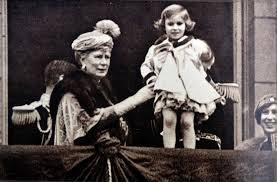
When the Royal Family were to move upcountry they travelled in the White Train, its coaches pure white pulled by a great steam engine. I was coming home from school, about 7 years old and had to catch a train at Observatory, change at Salt River and catch another to Kuilsriver. My train stopped at Bellville, was shunted out of the way, the passengers all detrained at the station where we waited for the White train to come through. The wait was long and I got very hungry. The friendly stationmaster bought me a mincemeat pie with sticky filling that looked like dead flies but I ate it happily. The White Train duly appeared and I had a good view of the Royal Family through the windows.
I arrived at Kuilsriver station very late with my mother frantic with worry. I had to walk home, some three miles and was further delayed by a flock of sheep being driven to the nearby abattoirs. A Mrs. Brindle lived near our small farm and drove up the gravel road each day like some racing driver. I was slogging along slowly behind the flock when she came through, sheep scattering in all directions with the shepherd jumping to the side in fright while I cowered in the ditch at the side emerging with my uniform filthy! My mother was not amused!
When I lived in Maun for a couple of years my grandsons then grown up would play pool with the Princes who loved Botswana and the Delta where the British Special Forces did exercises with the Botswana Defence Force each year. The Princes were like most youngsters and they enjoyed partying as most young people can in Maun with their bodyguards well in the background. The tale goes that William went home in the early hours with a mate and slept on the sofa. In the morning the father kicked him off the sofa, saying “Who the hell do you think you are, sleeping on my sofa!” quite unaware of who the errant young man was, only the future King of England!
On that I will end this blog and take it to TJ on this very hot Sunday where his son Greg will be prevailed upon to give young Jack, my dachshund a bath as the old back does not like bending down any more!
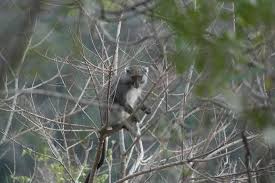
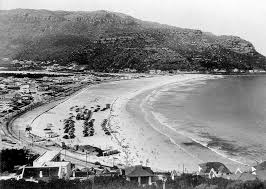



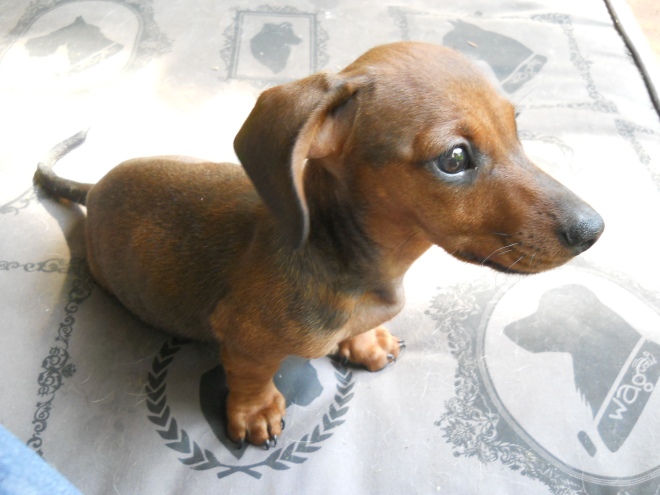 I fell last week. I am waiting for a new hip from the government hospital but the waiting list is one year. I have nine months to go. Occasionally my right leg does not listen to my brain and fails to lift. So I fell on my boob of all things! Very painful, with the pain going right through to my back.
I fell last week. I am waiting for a new hip from the government hospital but the waiting list is one year. I have nine months to go. Occasionally my right leg does not listen to my brain and fails to lift. So I fell on my boob of all things! Very painful, with the pain going right through to my back. I have the rose in a glass next to my bed. I asked Eleanor to please tell Mary just how much I appreciate her gift.
I have the rose in a glass next to my bed. I asked Eleanor to please tell Mary just how much I appreciate her gift.



